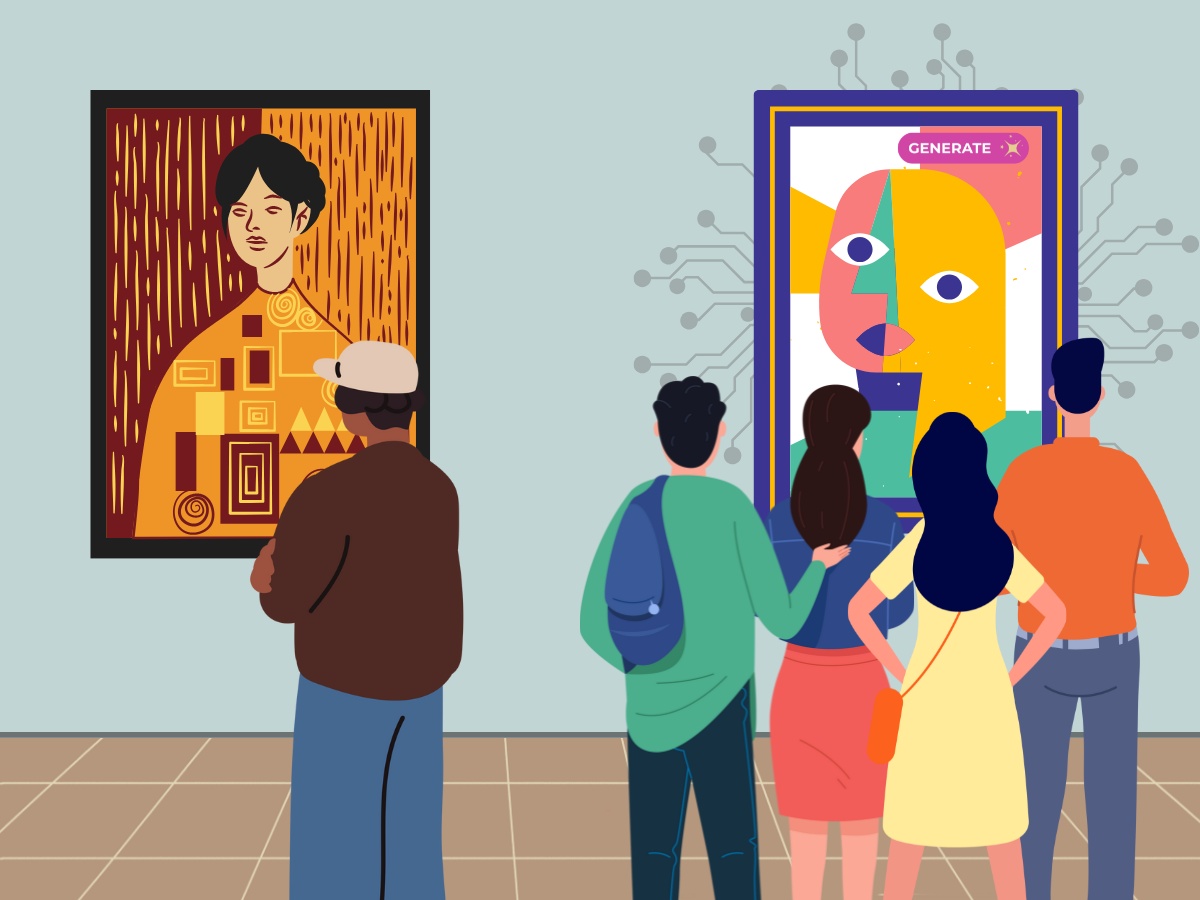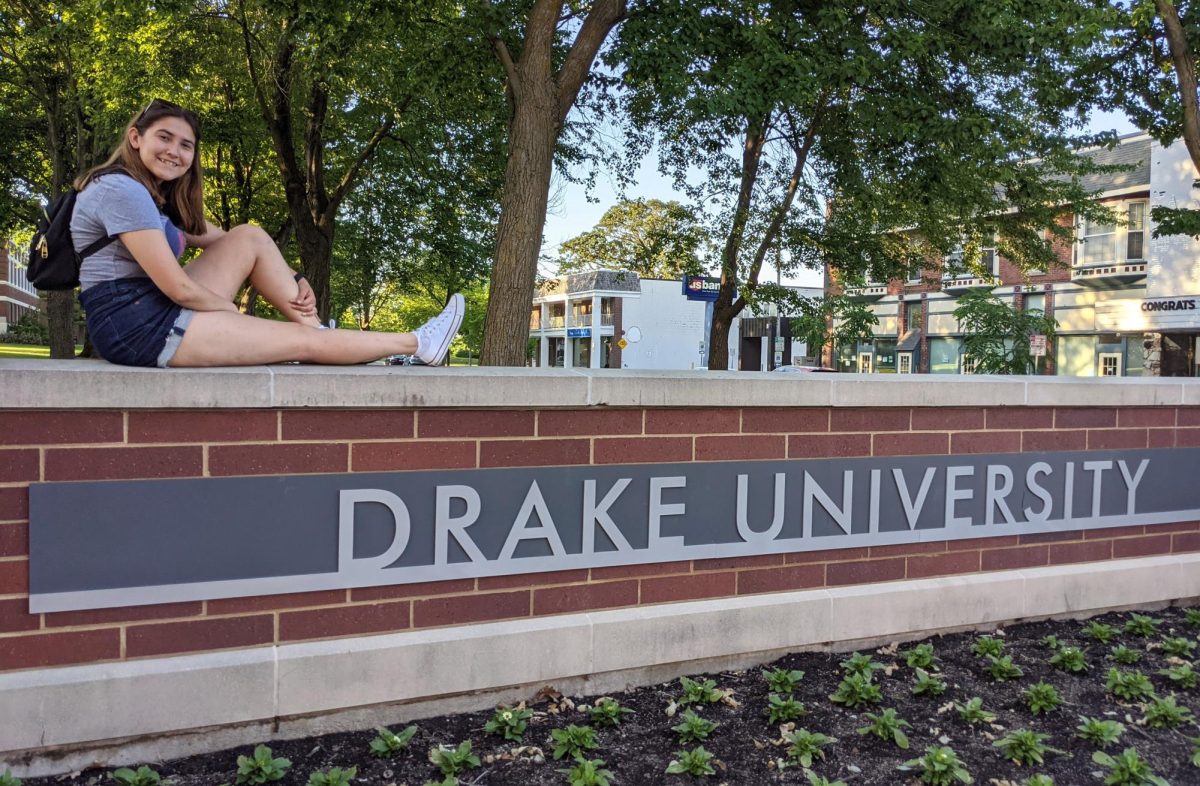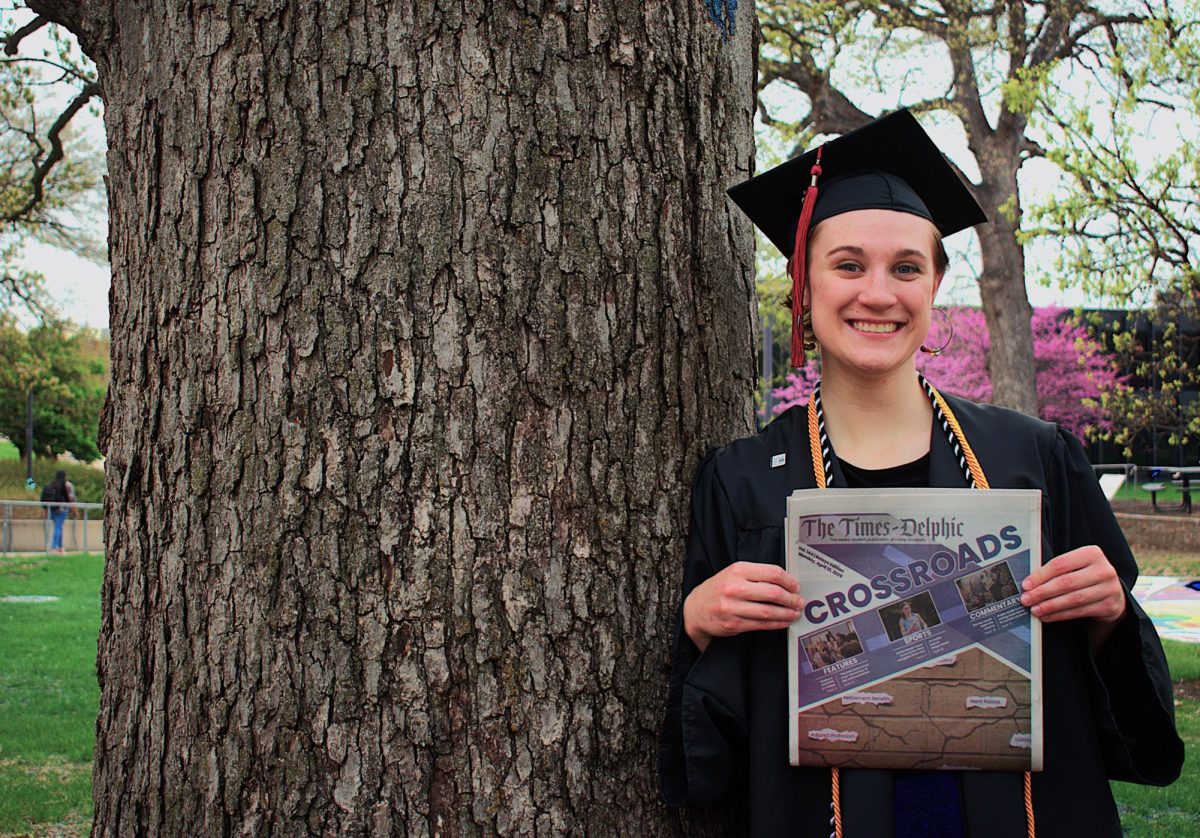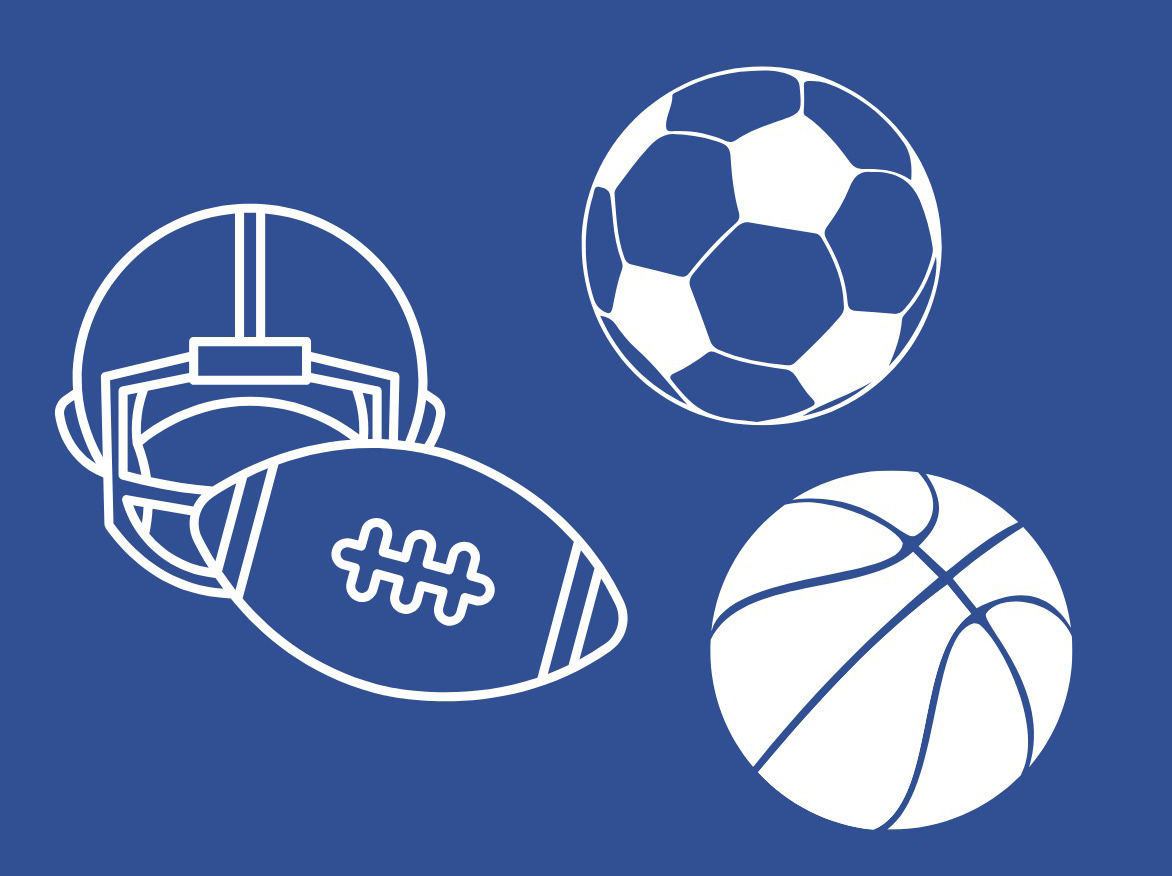If you’ve used Quizlet or Kahoot recently, you might have noticed something. Maybe the same thing you’ve noticed if you’ve used Duolingo, Grammarly, Coolmathgames, or a plethora of other education tools: a subscription option.
The option to pay a fee every month or year for more available materials or features, or in some cases pay for a wide range of textbooks, might appear innocuous. But when many of the most popular tools students use include features unlocked by money, the costs stack up.
If a student wants Quizlet premium (proven to help students memorize information), Perelego (access to textbooks) and Grammarly (access to help writing papers), it costs about $31 a month on the monthly plan, leading to $372 a year. This price tag becomes another gap between students of means and students without, similar to private tutors or access to SAT prepwork.
Duolingo, for example, has an ad-free tier for $6.99 a month. Non-premium users, while working, watch advertisements. If two people have the same amount of time to study a language, the person who pays $6.99 a month is able to learn more – and typically does, averaging about twice as much studying as the basic-tier user, who has to spend a portion of the time watching ads.
“I do feel like ads for Duolingo are fine because that’s how they generate money,” said Tia Lindner, a first-year at Drake University, in reference to the basic free plan for Duolingo. “I think education should be free.”
Advertising models, not entirely better than subscription services, rely on advertisers to fund websites and may self-censor themselves, sticking to what advertisers want in order to stay funded. A conundrum arises over which model is more detrimental to the consumer, a conundrum that will ultimately be decided by profitability.
Another subscription-model in education is a sort-of “textbook Spotify,” with one fee to access a library of textbooks, used by the company Perelego, which has come as a result of extreme textbook inflation rates in the past decade. The model attempts to profit off of students who otherwise would turn to secondhand copies or piracy. In some cases, universities may pay a subscription fee to a textbook site, adding a fee to the tuition to cover it. The question is whether or not it is cheaper for the individual student to pay the fee or find books themselves.
“The costs of subscriptions are often marketed as being much cheaper than buying individual products, but that doesn’t take into consideration how students go about using different products,” said professor Ryan Stoldt, an assistant professor of advertising at the School of Journalism and Mass Communication at Drake University. “It doesn’t account for the fact that most students will buy textbooks secondhand, or find copies online.”
Subscription services can also fall into an ethically questionable region in their practices. The education website ABCmouse recently underwent a $10 million settlement with parents who’d been billed illegally by an incredibly difficult cancellation process. This is an example of a “dark pattern” designed to manipulate users of a website into paying for services they didn’t intend to or into giving companies their data. Other examples utilized by subscription services can include hidden fees or having a person enter credit card data for a free trial. If subscription services rely on manipulating consumers, this comes at the detriment of students and their families looking for help in school.
With the ability to find any information with one quick internet search, education and learning have undergone a metamorphosis. Rather than selling information, services are now selling access to information, and while more access to information is good for students, both companies and individual students have to evaluate the economics.
“Quizlet has a subscription model and I think paying for it is worth it,” said Wyatt Hannon, a first-year at Drake. “I used to pay, but… I’m a broke college student, so I don’t pay anymore. It’s much better when I have the premium features.”
Academia website subscriptions are only part of a larger move towards subscription bases seen in the music industry, television industry and many others, – however, they come with their own dangers. While it is to the detriment of students, at the end of the day, private corporations have the end goal of profit, and whether these models are profitable is what will decide the education industry’s future. But one thing is certain: the gap of access between students of means and students without will only grow as subscription services do, and as the education industry changes, it will be to the benefit of certain students and to the detriment of others.








